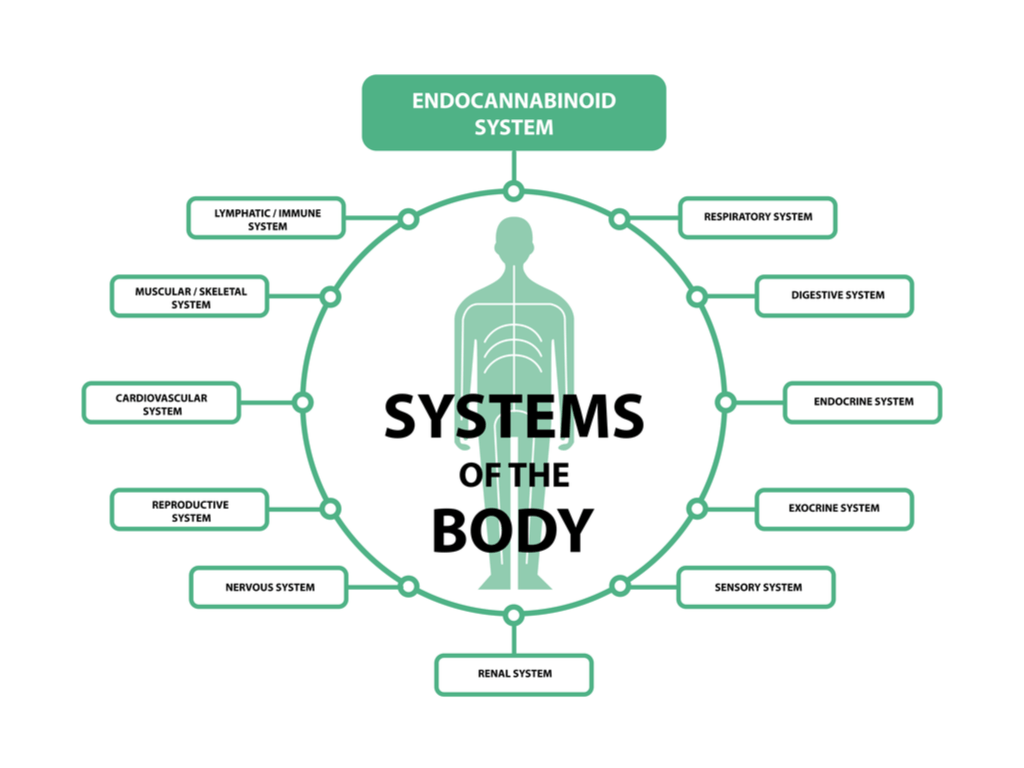More and more people are becoming familiar with the positive effects of CBD, but few understand how the cannabis compound really works. This is partially because we are only just beginning to understand the true science behind CBD. In this guide, we’ll cover what we do know about the way CBD works and what its effects are on the body.
Cannabidiol CBD, a compound found in cannabis plants or hemp plants, has grown in popularity thanks to its non-intoxicating and therapeutic effects. Whether a newbie looking to buy CBD or a frequent CBD user, it’s likely you’re familiar with the positive effects and health benefits Cannabidiol can have. But it’s how CBD works on a scientific level that is often less understood.
Whether helping to relieve pain, alleviating symptoms of Parkinsons disease, working at improving memory, or reducing anxiety, the benefits of CBD come down to intricate processes within the body. Some of these processes are still being further researched, but there are some things we do know about the way CBD works.
One is that CBD shows promise for encouraging homeostasis (a balance in the body) by supporting one of the most important physiological systems in our body — the Endocannabinoid System (ECS).
Understanding the Endocannabinoid System is crucial to understanding how medical cannabis works, and more specifically how cannabinoid compounds like CBD and THC can benefit health and wellness.
What is the Endocannabinoid System?
The Endocannabinoid System shares a close relationship with our nervous- and immune system. In short, the role of the endocannabinoid system is to keep your body in a balanced, neutral state. The ECS contains millions of cannabinoid receptors found in virtually all of the tissues in our bodies. Within these tissues the human body naturally synthesizes lipid-based retrograde neurotransmitters, called endocannabinoids, with the help of associated biochemical machinery, such as precursors, synthetic, degradative enzymes, and transporters.
Endocannabinoids bind to cannabinoid receptors all throughout the body. In their interaction, endocannabinoids trigger the release of other neurotransmitters to relay information from one nerve cell to another, also known as neurotransmission. The endocannabinoid system is continually using this neurotransmission to make the necessary adjustments to maintain proper cell function. These receptors play a significant role in regulating many bodily functions like:
- Pain
- Memory
- Appetite, digestion, hunger
- Mood
- Temperature regulation
- Immune function
- Reproduction and fertility
- Pleasure and reward
- Sleep
- Motor control
What is Clinical Endocannabinoid Deficiency (CED)?
The body naturally synthesizes endocannabinoids on demand, but research suggests in some cases, a person might not have enough cannabinoids; thus, the endocannabinoid system is not able to work effectively. A condition called Clinical Endocannabinoid Deficiency (CED) is what happens when the ECS is out of balance and can cause a number bodily dysfunctions and symptoms such as chronic pain, mental fog, inflammation or fatigue.
Luckily, when an imbalance occurs, CBD (together with other cannabinoids and terpenes) can stimulate a chemical response that works to return the physiological process back to homeostasis.
